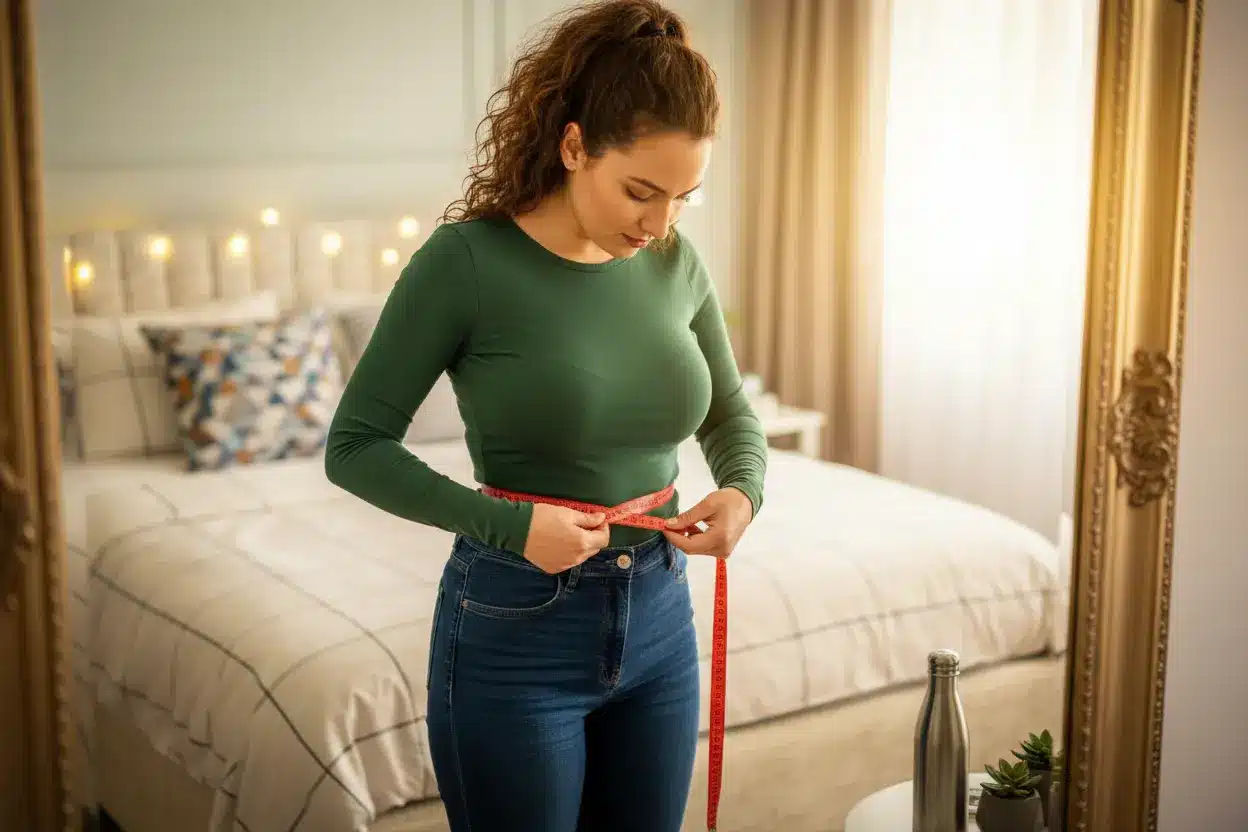Ever feel like you need to move after a hearty meal instead of surrendering to the call of your couch? Good news: science agrees, and your waistline just might thank you for it. The post-meal stroll isn’t only a delightful way to clear your mind and catch your breath – it can also play a starring role in controlling and even reducing your weight. But as with all good things, timing is everything.
How Glucose Spikes Lead to Weight Gain
Let’s break down the biological drama that unfolds in your body after a meal, especially one packed with carbohydrates. Eating triggers a rise in blood glucose (that’s ‘glycemia’ for the culinary scientists among us). According to Paris-based dietitian-nutritionist Laure Melikian, « Any excess glucose gets transformed into fat. The human body doesn’t waste energy. For thousands of years, its main goal was to make sure it had enough—so it stores it. »
Foods with a high glycemic index send your blood sugar skyrocketing fast and high, stimulating your pancreas to pump out more insulin—the notorious storage hormone. Cue insulin’s grand entrance: after your glucose peaks, insulin drags it down, leading to a sharp drop. Suddenly, your body thinks it’s hungry again, and you’re back at the fridge. It’s a double whammy: energy stored as fat plus renewed cravings.
This cycle isn’t new. Since the 1980s, diabetics have been monitoring it closely, but the concept has recently gained the spotlight in nutrition circles, in part thanks to biochemist Jessie Inchauspé. Known in bestseller territory as the « Glucose Goddess, » she’s made a splash advocating for thoughtful food order to avoid wild glucose spikes. Her advice, for example: eat your broccoli before your pasta, not after.
Why Walking After Eating Matters
What if you could step in—literally—and help your body out? That’s where the humble digestive walk comes into play. Laure Melikian explains, « Walking uses glucose, which is the first available energy in the blood. Muscles need it to get moving. » So, a bit of post-meal movement can help soak up that glucose surge before insulin kicks into overdrive.
Dietitian Paula Chinchilla, interviewed by the magazine Stylist, clarifies why this matters: « Instead of a sharp increase and a subsequent ‘crash’ in blood sugar levels, they will rise and fall more progressively—it’s easier for the body to manage. » In other words, your system prefers steady waves over sudden tsunamis. This balanced rhythm makes it less likely that you’ll experience those intense, post-meal hunger pangs that can derail your best intentions.
The Science of Timing: When Should You Walk?
Now, to the burning question: just when should you lace up your sneakers? A 2011 study in the International Journal of General Medicine (as flagged by Women’s Health magazine) highlighted the importance of timing for optimal results. Researchers compared the effects of immediate post-meal walks with walks started an hour later. Their verdict? Since blood sugar peaks between 30 and 60 minutes after eating, you want to start moving before it hits the summit. Once insulin is secreted in large amounts, it effectively plays a role in fat storage. The scientists concluded, « Starting to walk as soon as possible seems optimal for controlling blood glucose levels. »
This finding has been echoed by further research. In 2023, a study published in Sports Medicine came to a similar conclusion. Rewinding the clock to 2019, another group of scientists compared the effects of walking before breakfast to walking immediately after. Their verdict? « A low- to moderate-intensity activity, which increases energy expenditure above resting levels, is more effective immediately after breakfast for achieving the best glycemic control. » Take note, fans of the fasted morning jog: the evidence isn’t always where you’d expect.
Takeaways: The Digestive Walk, Made Simple
- Walking after meals isn’t just an old wives’ tale—it helps manage blood glucose and can support weight loss or maintenance goals.
- Carb-rich meals send your sugar levels soaring, encouraging your body to store the extra as fat.
- The earlier you start your walk post-meal, the more you can blunt those spikes and dips.
So next time the urge to slump on the sofa hits after lunch or dinner, consider swapping a few minutes of screen time for a brisk lap around the block. Your body—and maybe even your bathroom scale—will be grateful.

John is a curious mind who loves to write about diverse topics. Passionate about sharing his thoughts and perspectives, he enjoys sparking conversations and encouraging discovery. For him, every subject is an invitation to discuss and learn.






